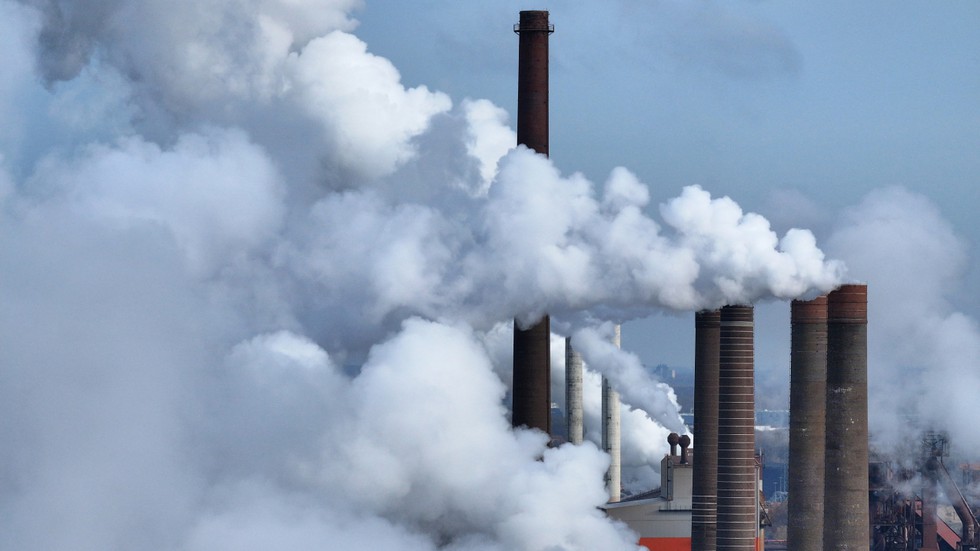About Emissions Gap Report (EGR):
- It is an annual report published by the United Nations Environment Programme (UNEP).
- The EGR series tracks our progress in limiting global warming well below 2°C and pursuing 1.5°C in line with the Paris Agreement.
- Since 2010, it has provided an annual science-based assessment of the gap between estimated future global greenhouse gas (GHG) emissions if countries implement their climate mitigation pledges and where they should be to avoid the worst impacts of climate change.
- Each year, the report also highlights key opportunities to bridge the emissions gap, tackling a specific issue of interest.
- With the aim to inform the climate negotiations among UN Member States, the EGR is launched every year ahead of the UN Climate Change Conference of the Parties (COP).
- Highlights of 2024 EGR:
- The report, titled “No More Hot Air... Please!”, underscores that if countries fail to collectively cut annual GHG emissions by 42 percent by 2030 and by 57 percent by 2035, the Paris Agreement’s 1.5°C global temperature target will become unattainable within a few years.
- For the 2°C target, reductions of 28 percent by 2030 and 37 percent by 2035 are required.
- Without a significant enhancement in Nationally Determined Contributions (NDCs) targets, the UNEP warns global temperatures could rise by 2.6-3.1°C by the century’s end.
- NDCs are national climate action plans updated every five years by countries to align with the Paris Agreement, which seeks to limit global temperature rise to well below 2°C, ideally to 1.5°C.
- GHG emissions increased by 1.3 percent in 2023 relative to 2022, with the power sector being the largest contributor, followed by transport, agriculture, and industry.
- Among major economies, India in FY23 recorded the steepest increase in GHG emission, climbing 6.1 percent, with China trailing close behind at 5.2 percent.
- In contrast, GHG emission decreased in both the European Union (EU) and the United States (US) by 7.5 percent and 1.4 percent, respectively.
- Despite India’s rise, its 2023 GHG emission remains relatively low at 4,140 million metric tons of carbon dioxide equivalent (MtCO₂e) against China’s 16,000 and the US’s 5,970.
- The EU’s emission was slightly lower than India’s, at 3,230 MtCO₂e.
- India is the third largest emitter globally, behind China and the United States.
- The six largest GHG emitters accounted for 63% of global GHG emissions. By contrast, least developed countries accounted for only 3%.
